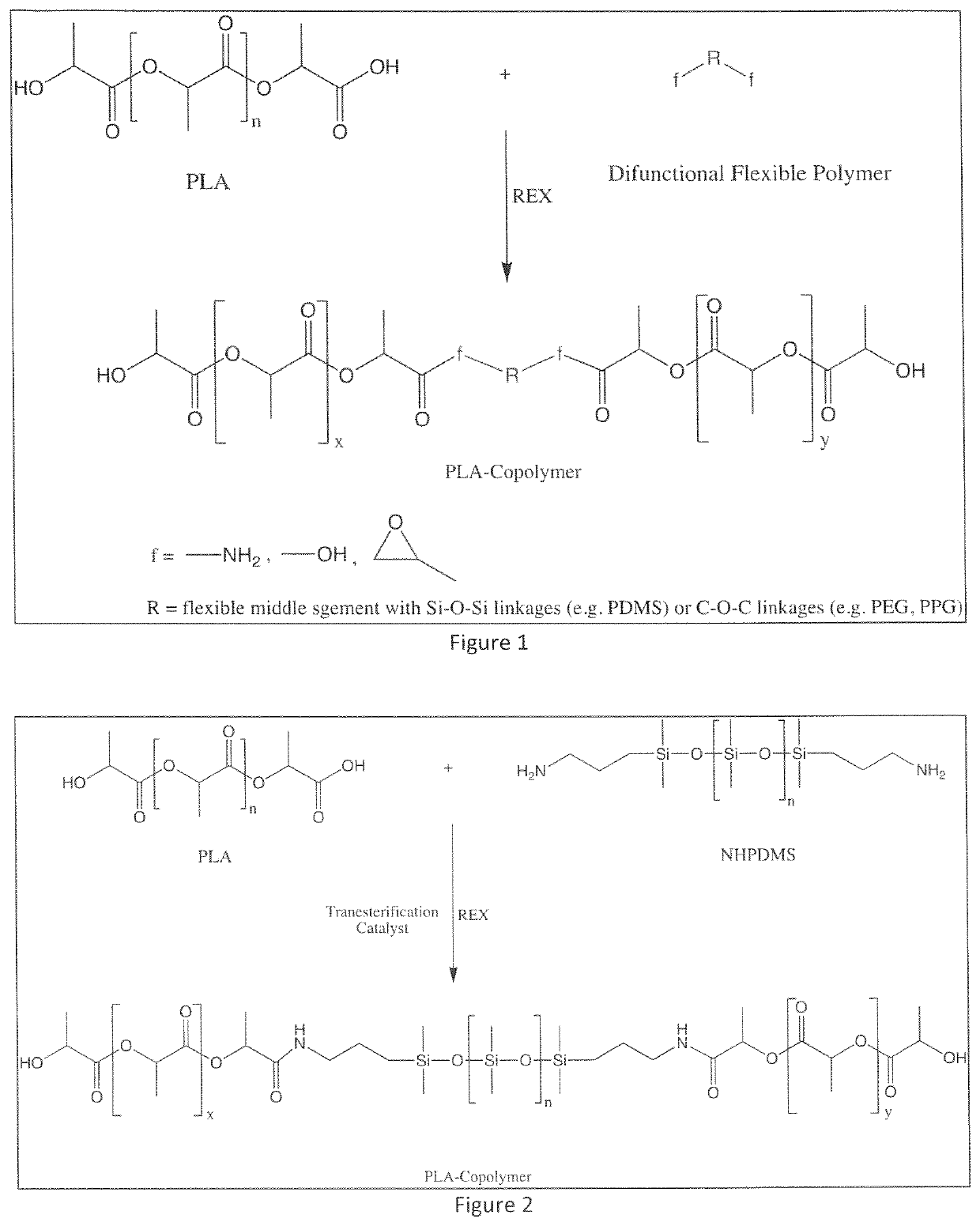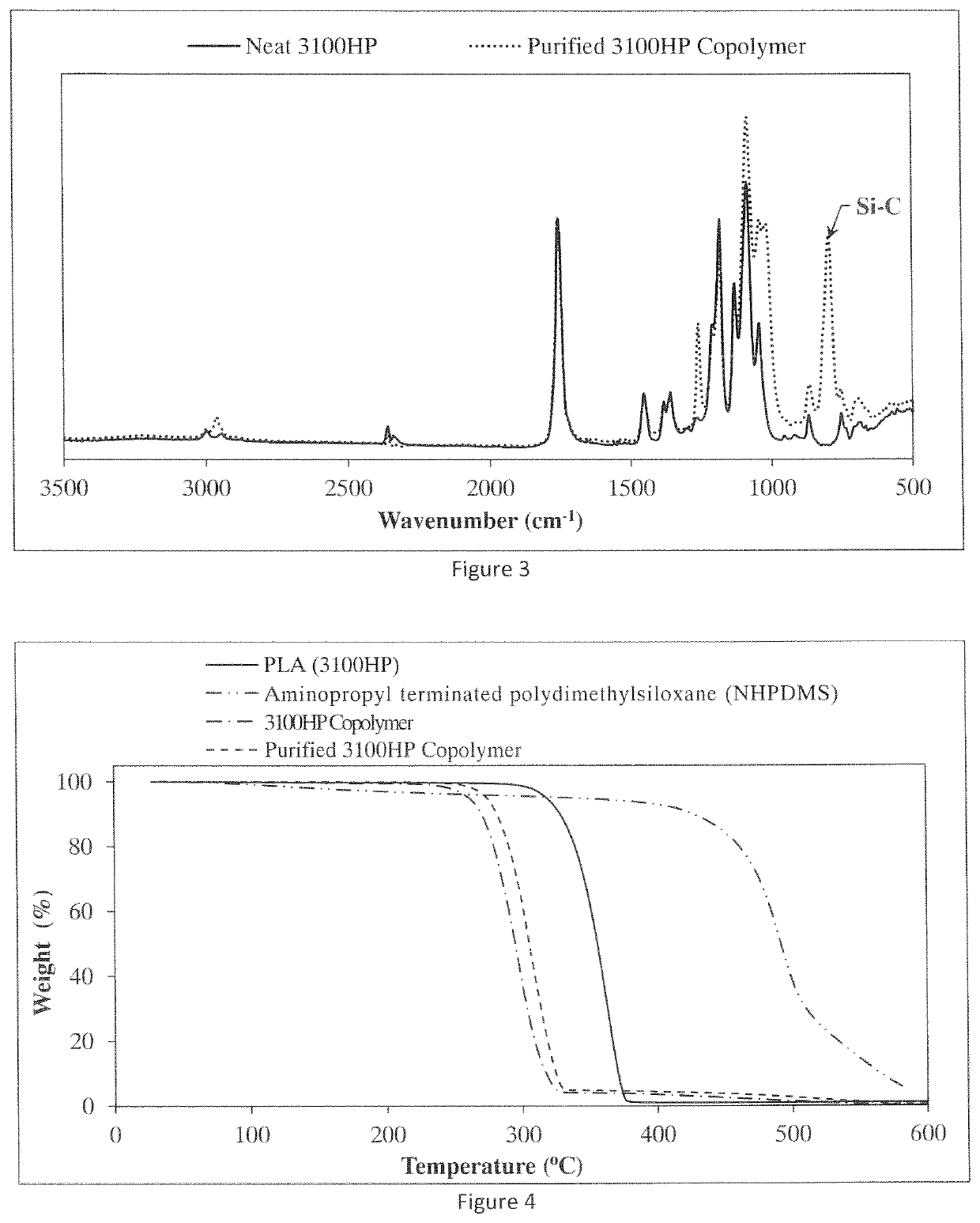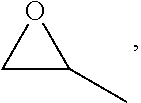High impact resistant poly(lactic acid) blends
a technology of lactic acid and high impact resistance, applied in the field of high impact resistance polylactic acid blends, can solve the problems of limiting the application of high toughness polymers in thermoformed sheets and other molding applications, low toughness, and other problems, and achieve the effects of reducing separation steps, increasing the crystallinity of injection molded samples, and improving the performance properties of pla-homopolymer-pla-copolymer
- Summary
- Abstract
- Description
- Claims
- Application Information
AI Technical Summary
Benefits of technology
Problems solved by technology
Method used
Image
Examples
examples
[0012]Materials
[0013]Commercially available semi-crystalline grades of poly(lactic acid) (PLA) homopolymer, for example Ingeo™ biopolymer 3001D (Mn=90,000) and 3100HP (Mn=90,000) were purchased from NatureWorks LLC (Minnesota, USA). The D-lactide amount of PLA 3001 D was about 1.4 wt. % and the D-lactide amount of PLA 3100HP was about 0.5 wt. %. The transesterification catalyst, e.g. tin (II)-ethylhexanoate (Sn(Oct)2) was purchased from Sigma-Aldrich (Wisconsin, USA). Aminopropyl terminated polydimethylsiloxane (NHPDMS) that can have a broad weight average molecular weight of from about 2,000 to about 50,000, desirable from about 10,000 to about 40,000, and preferably from about 25,000 to about 35,000 g / mol. A NHPDMS of molecular weight 30,000 g / mol was utilized as purchased from Gelest Inc. (Pennsylvania, USA). The weight average molecular weight of the various polyethers is from about 2,000 to about 40,000 and desirably from about 4,000 to about 20,000. The amount of the difunctio...
PUM
| Property | Measurement | Unit |
|---|---|---|
| Temperature | aaaaa | aaaaa |
| Temperature | aaaaa | aaaaa |
| Temperature | aaaaa | aaaaa |
Abstract
Description
Claims
Application Information
 Login to View More
Login to View More - R&D
- Intellectual Property
- Life Sciences
- Materials
- Tech Scout
- Unparalleled Data Quality
- Higher Quality Content
- 60% Fewer Hallucinations
Browse by: Latest US Patents, China's latest patents, Technical Efficacy Thesaurus, Application Domain, Technology Topic, Popular Technical Reports.
© 2025 PatSnap. All rights reserved.Legal|Privacy policy|Modern Slavery Act Transparency Statement|Sitemap|About US| Contact US: help@patsnap.com



